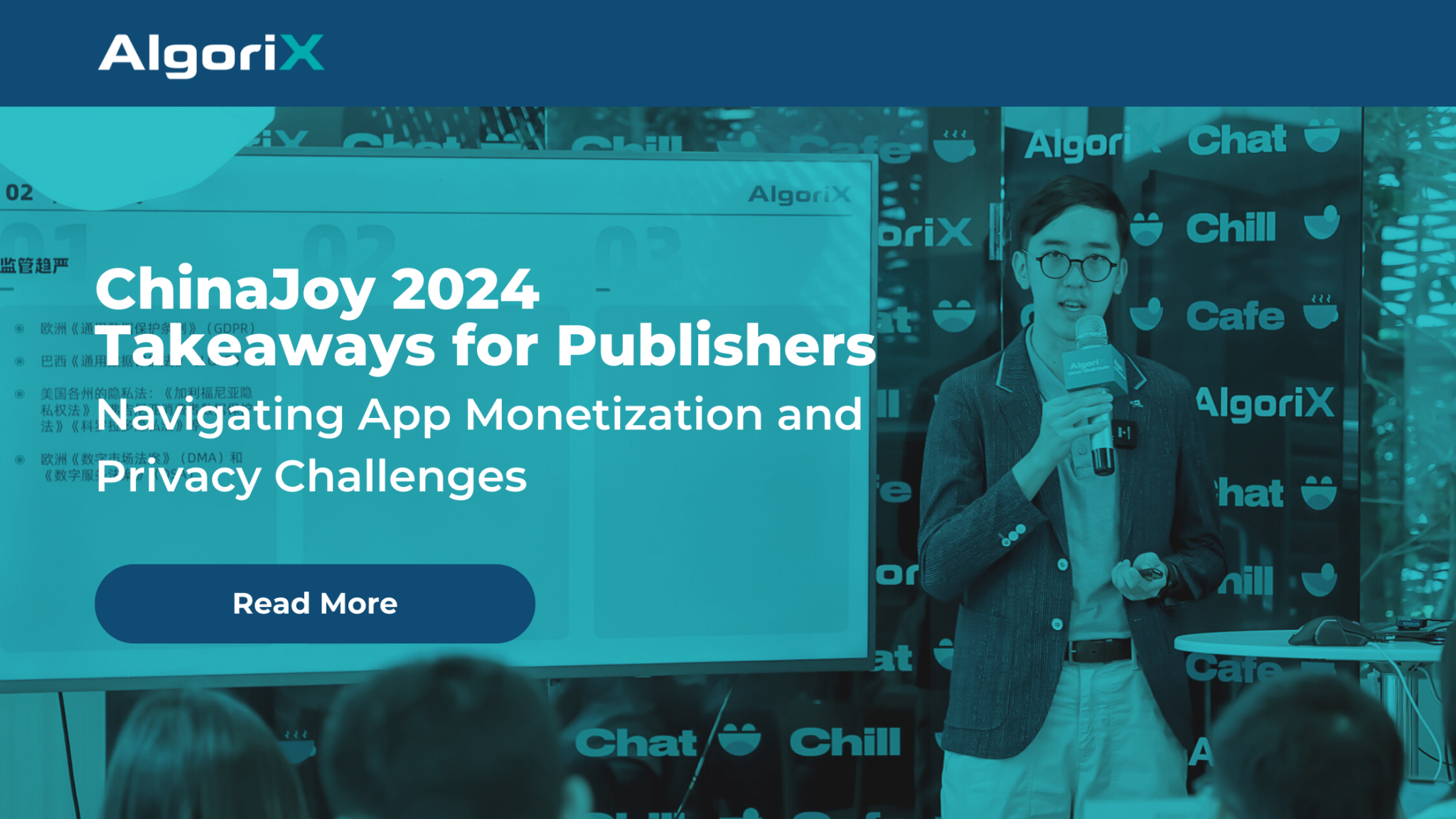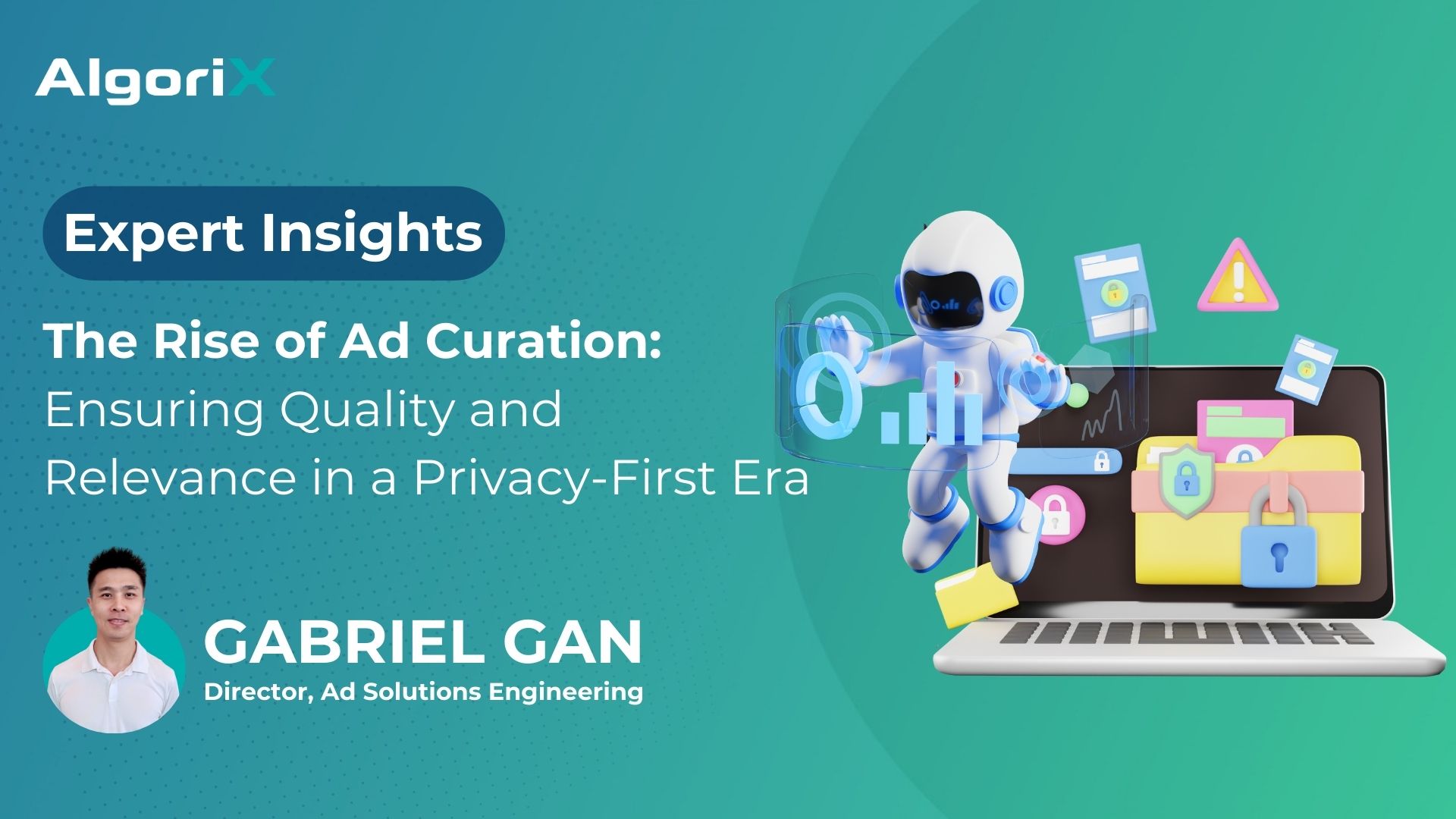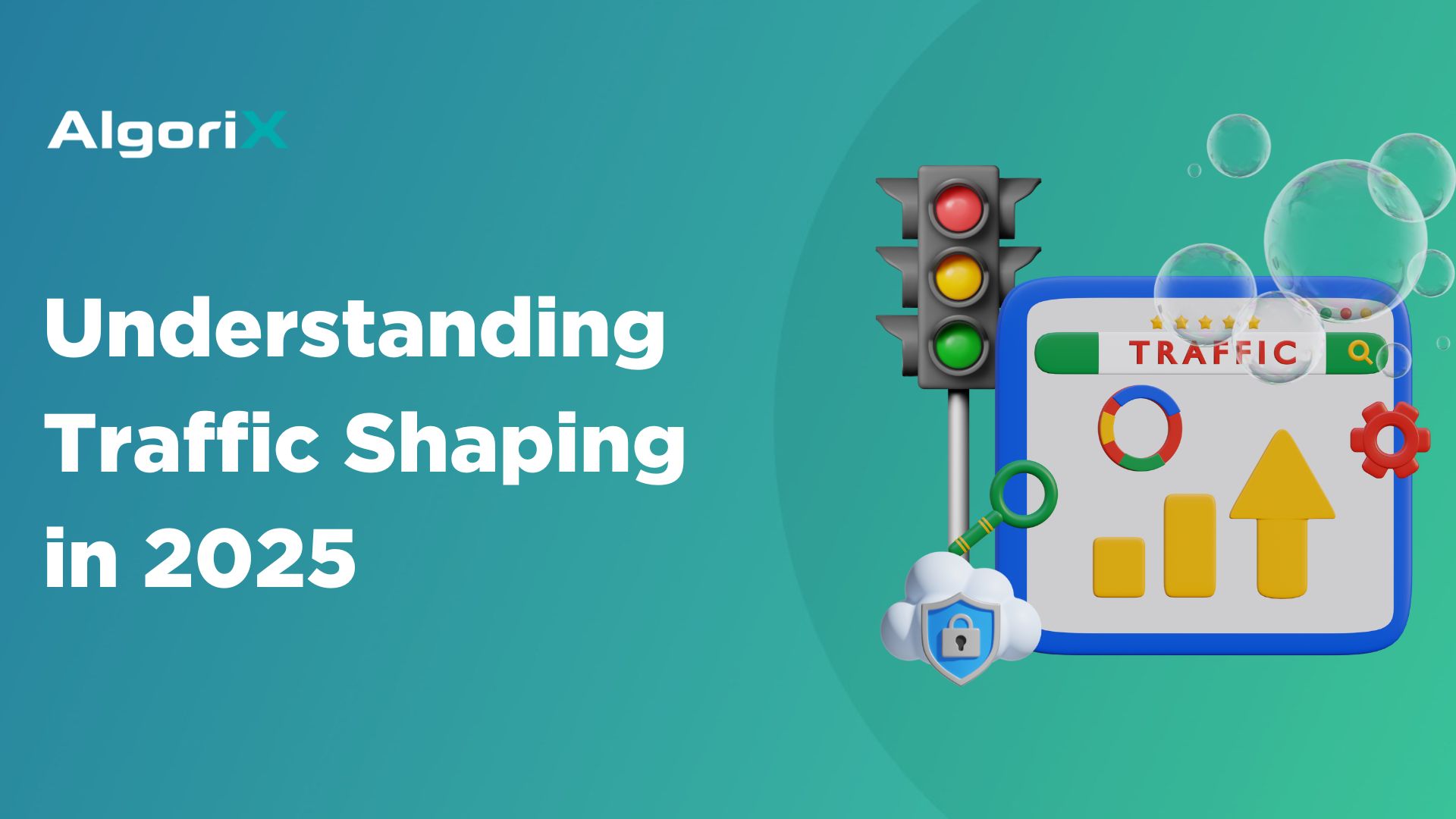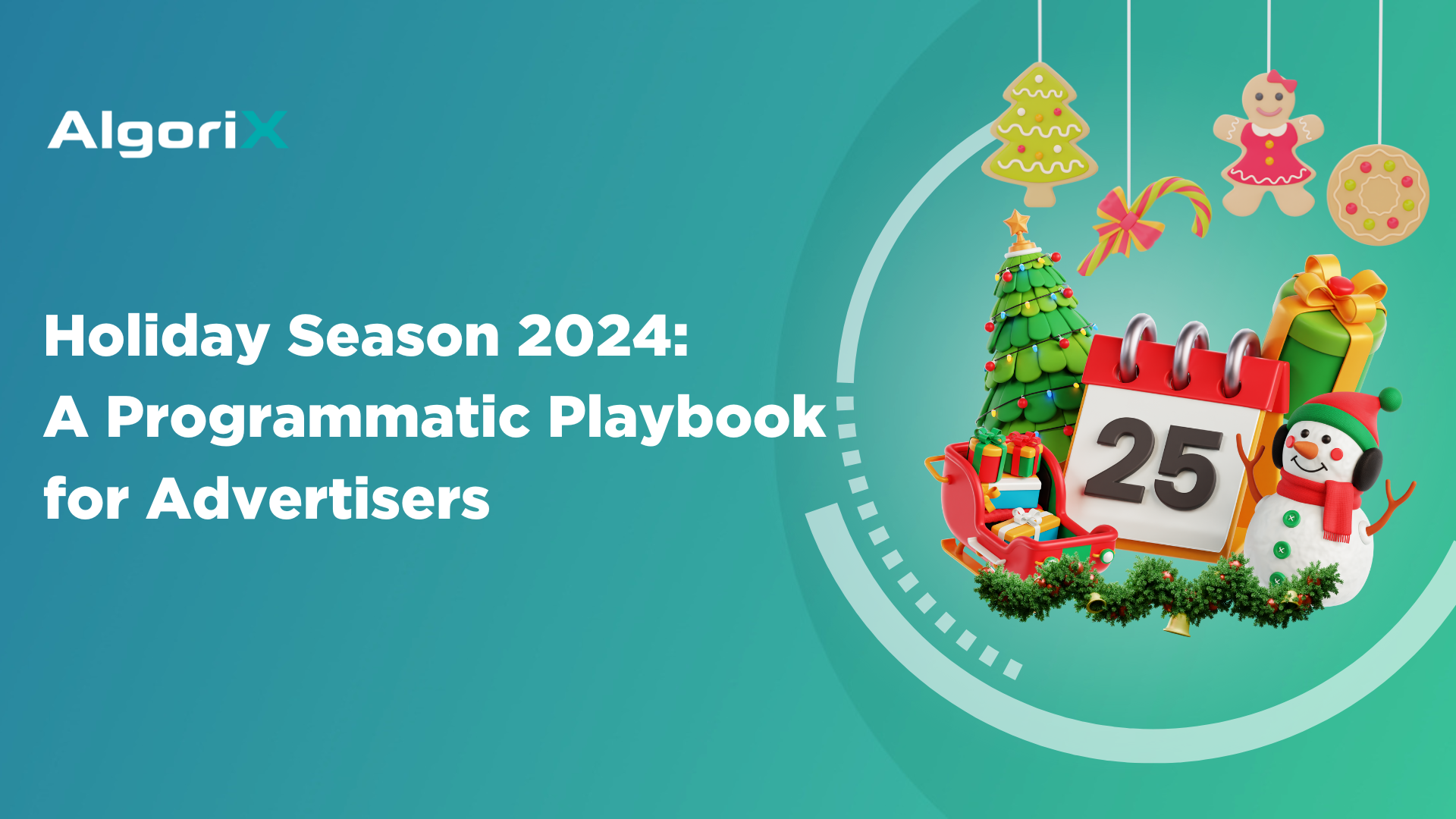At ChinaJoy 2024, we were honored to present the AlgoriX Chat & Chill Cafe, where we welcomed friends, clients, and hosted workshops that focused on two critical ad tech issues: strategies for app monetization and navigating privacy challenges. Here are the recaps from the event:
Previous
Next
2024 Ad Tech Landscape: Trends and Challenges
The industry is undergoing notable changes due to a recovering market and increasingly stringent privacy regulations. Here are some key trends in the first half of 2024:
Rebounding Ad Market
The mobile game market is showing signs of recovery after two consecutive years of declining user spending, with a 2% drop in 2023 following a 5% decrease in 2022. According to forecasts, this figure is expected to rebound by 4% in 2024. Since 2023, the iOS market has largely recovered from the impact of App Tracking Transparency (ATT), with a significant rebound in NOI, but the recovery for Android remains unclear. Meanwhile, the global advertising market is also expected to grow in 2024, driven by an improved economic outlook and major international events like the Paris Olympics and UEFA European Championship. As these markets rebound, mobile ad expenditures are projected to surpass $400 billion, with an estimated annual growth rate of 11%.
Privacy Regulations and Industry Uncertainty
Global data protection regulations like GDPR and LGPD are tightening, requiring developers to ensure data transparency to avoid legal risks. Additionally, several U.S. states are enacting comprehensive data privacy laws, making compliance more complex for companies. Meanwhile, Google has delayed the phase-out of third-party cookies to 2025, instead providing users with more control over their data usage. As many users are expected to opt out, the ad industry must prepare for the gradual elimination of cookies, adapting to the growing emphasis on privacy protection and developing new methods to maintain effective ad targeting.
Best Practices for Publishers
To adapt to the evolving landscape, adopting innovative practices will be essential. Here are the recommendations from our experts at AlgoriX.
Optimizing Mediation Platforms with Hybrid Models
Although major ad platforms widely support Bidding models, many smaller platforms lack comprehensive support. As a result, a hybrid model of Waterfall and Bidding remains a practical choice for developers to optimize ad revenue. Key metrics to focus on include:
-
Bid Rate: Enhance Bid Rate by prioritizing platforms that support the Bidding model only and incorporate multiple bidding sources to increase competition.
-
Winrate and Fillrate: Improve Winrate and Fillrate by avoiding excessively high bidding floor prices, and use bidding floor prices to set higher floors for high-value users to display premium ads.
-
Showrate: Increase Showrate by developing targeted strategies for different ad formats, pre-caching rewarded videos, and avoiding excessively high refresh rates for banners.
Balancing Privacy and Monetization
As privacy concerns grow, balancing user privacy with effective monetization strategies is crucial. Here’s how publishers can leverage new technologies to achieve this:
-
Utilizing Privacy Sandbox: Adopting Privacy Sandbox and leveraging tools like Topics API and Protected Audience API can be beneficial for enhancing ad targeting strategies post-cookie and post-GAID. Topics API deduces interest topics from the apps used on a user’s device, while Protected Audience API allows retargeting based on custom audiences and in-app behavior without using personal data.
-
Supporting iOS Frameworks: It’s important to support iOS frameworks like SKAdNetwork and AdAttributionKit. SKAdNetwork (SKAN) allows for ad attribution without user identity, and AdAttributionKit, based on SKAN, improves measurement accuracy and protects user privacy, enabling advertisers to gauge ad effectiveness without personal data. We recommend adapting to these frameworks for both monetization and campaign management.
-
Exploring Alternative ID Solutions: Developers are encouraged to explore new methods for user identification and ad attribution, such as LiveRamp ID and UID 2.0. LiveRamp ID uses first-party data for cross-device identification and ad attribution, ensuring privacy through anonymization. UID 2.0, an open-source solution from The Trade Desk, offers a privacy-focused alternative to third-party cookies with transparency and broad adoption.
Embracing Prebid Mobile
Prebid Mobile, from the world’s largest open-source ad tech project and community Prebid.org, offers an in-app monetization solution that surpasses traditional waterfall models with its open-source, lightweight SDK. Its advantages include:
-
Provides extra revenue through server-side header bidding.
-
Reduces latency and simplifies bidder management, avoiding frequent app updates.
-
Features a lightweight SDK compatible with major mediation platforms, eliminating the need for client-side adapters.
AlgoriX became a registered member in 2021 and joined the Prebid.org global working group in 2023. Our AlgoriX SDK is based on Prebid Mobile, supports the SKAN framework and Privacy Manifest, and is Open Measurement certified.
Conclusions
As the ad tech industry continues to evolve, AlgoriX is focused on innovating to preserve data integrity, establish new standards, and enhance monetization strategies while building user trust. If you’d like to learn how our strategies can enhance your business, reach out to AlgoriX experts to discuss solutions here.













